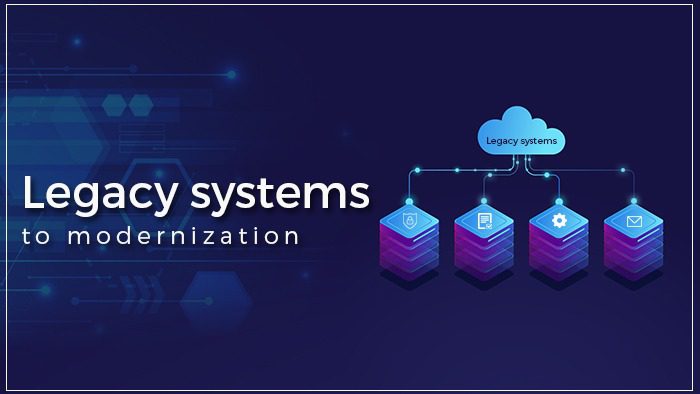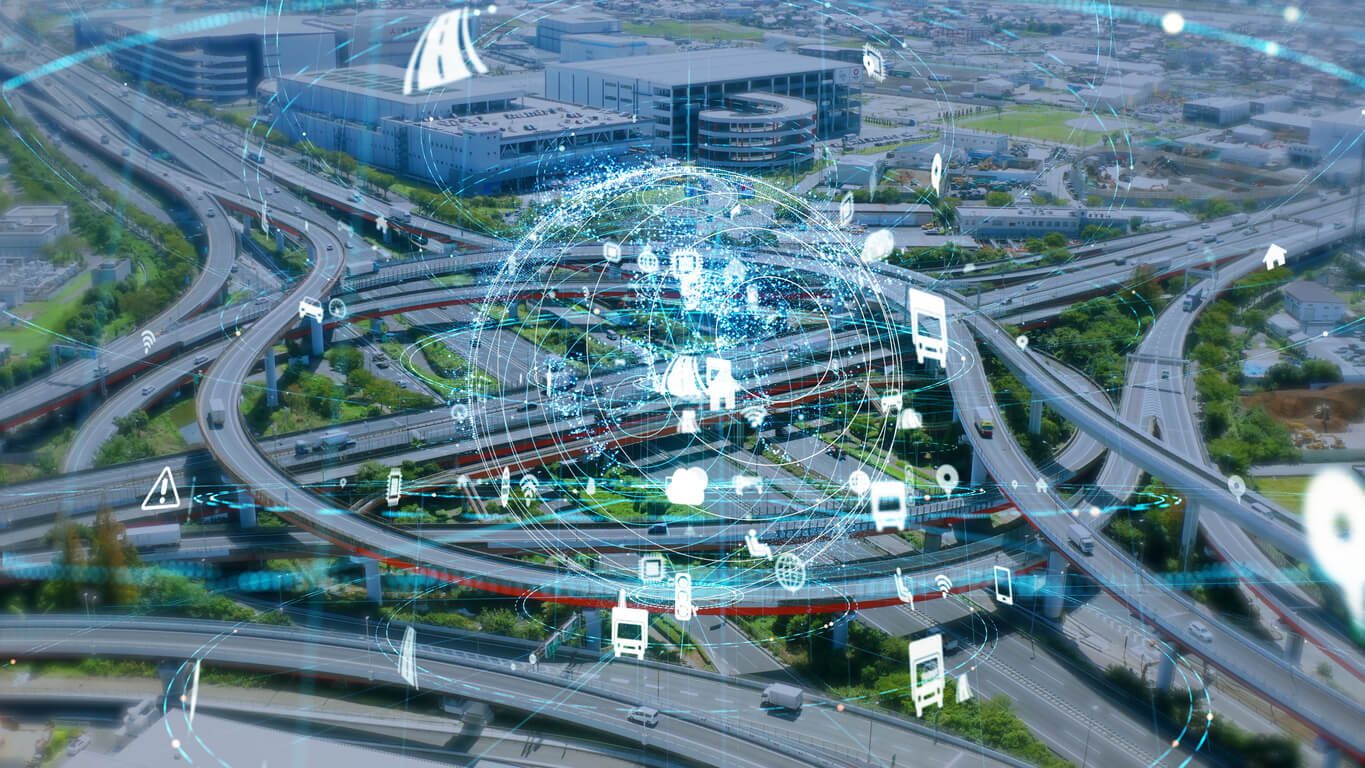 Top 10 Technologies Driving Digital Transformation
Top 10 Technologies Driving Digital Transformation
The Legacy systems need to go! Why adapt to Digital Transformation?
In reality, legacy systems are still used to a certain extent by most companies, but they can also cause certain processes and terminologies that are no longer applicable in the current context of the content.
Legacy systems include legacy software and legacy hardware, and the list goes on. Many places are still dependent on legacy systems, but problems arise from the fact that they still exist.
The lifetime of the hardware is shorter than that of the software because it is difficult to maintain the hardware at the time of installation, and it is also more expensive to replace. This is a very complex process, and there is no time for an operating system or hardware model to reach the end of life.
In short, the industry that prevents or restricts organizations from developing and implementing new technologies is the old system. Modernization is not a digital transformation, but modernization and transformation of the network to meet the needs of the distribution work that companies digitize. Applications are becoming increasingly important for companies, and cloud while multi-cloud is redefining the application landscape. Microservice capacities are one of the leading forces in promoting digital transformation efforts in corporate strategy, and not just a technical requirement for the company.
Digital transformation is an unstoppable technological advance, and the network must be able to adapt both architecturally and operationally. The focus is now on intelligent network automation and increased programmability that provides the agility, flexibility, programmability, and elasticity that cloud applications require.
For example, the hotel industry has been disrupted several times and the disruptions often seem to come from nowhere. You drive through the city in search of neon-colored vacancies, find a hotel, but the disturbance can come from any direction.. The phone book may have been the first disruptive factor, but the listed hotels had one advantage: their website was able to book savvy guests. The online presence could not because of the limitations of the telephone directories and the lack of a real-time booking system.
The ability to transform websites to aggregate travel prices and bookings via Application Programming Interface (API) is the third disruptive factor. If a hotel has a standard API and is connected to a travel portal, not only the hotel benefits but the travel industry as a whole. The fourth current disruptor is mobile phones, which are leading to the sharing economy that has redefined the entire hotel industry. Travelers bypass hotels to rent sofas, rooms, apartments, and houses and book hotel rooms.
Consider that mobile phones existed before the sharing economy was practiced, but they have simplified customer access. APIs reduce barriers for new customers and reduce costs for eager homeowners who can use them, and travel agents have exploited this. API can lead to a new generation of travel websites, travel portals, and shared economy apps. A transformative tool leads to transformative ideas that lead to transformative practices, or a transformative idea leads to transformative practice.
Digital technologies have the potential to achieve Sustainable Development Goals and address global environmental challenges. Regardless of how transformative the digital transformation is, it must provide opportunities for people, businesses, and governments to participate.
Digital technologies such as mobile phones, tablets, and other digital devices have created 4 out of 10 jobs and driven the growth of the digital economy in the United States, Canada, Europe, Japan, Australia, South Africa, China, India, the Middle East, and Africa. Digital services now account for more than a quarter of all trade and services. This has changed competitive dynamics and raised questions about increasing concentration and inequality. The unequal use of digital technologies has contributed to a growing productivity gap between leading and lagging companies, as well as an unequal distribution of wealth.
DevOps manages work by integrating development and operations teams to improve collaboration and productivity by automating workflows, automating infrastructure, continuously measuring application performance, and improving productivity. As new services are added, the entire architecture of the platform needs to change, and workflow and infrastructure need to be automated, with automation to test new code. The main elements of the web test are UI design and functional tests accompanied by compatibility, performance, security and usability tests. When testing mobile apps, the app is checked for performance, accessibility, security, functionality, etc.
By breaking up into smaller parts, the organization, in turn, improves the time it takes to introduce new codes, increases the frequency of operations, and improves the time it takes to introduce new codes. This allows iterative processes to be carried out to monitor, measure, and improve code and operations more frequently than usual. Software is written in small pieces that are integrated, tested, monitored, and deployed, which saves time compared to writing larger software that takes longer. Configurations and code are introduced based on ADHOC, leading to infrastructure scaling and setup. Amazon Web Services (AWS) supports DevOps by providing services to build, store, and deploy applications to and from services. With the launch of the AWS Cloud Platform, the world’s first public cloud computing platform, AWS pioneered the transition from virtualization to the cloud. While the cloud is a new form of computing, DevOps is still a modern way of getting things done, with a focus on continuous integration, continuous deployment, and continuous deployment
When you decide to move to the cloud, there are several options your business can choose from. Simply host your application in the clouds and copy the code into a new environment without any changes. From here, you can migrate your code to a cloud and update it to meet the requirements of the new infrastructure.
With a more complicated migration method, refactoring can be done in a single step, such as refactoring, rewrite, or a combination of both.
Infrastructure deployment is time-consuming expense management, but the architecture of the application is being fully reconstructed and portions of the code are being rewritten to ensure it can operate in the new cloud environment. This allows companies to work faster, build quickly, work from anywhere, and work anywhere.
Lorhan Corporation made the decision to adapt to this transformation a decade ago and has been part of the transformation of leading companies in several industries across the globe. By going in early, we have a complete understanding of change and have found solutions to problems at a large scale. To keep yourself informed with the industry updates and read more about Modernization and the process we follow to make a successful transition, follow us on our social media pages Lorhan Corporation Inc. We know that you might want to read about some other topics that interest you, so we encourage you to let us know what you need below, so we can write and update you when we are done. For seeing our top rated blogs and answers, visit www.lorhancorp.com.







